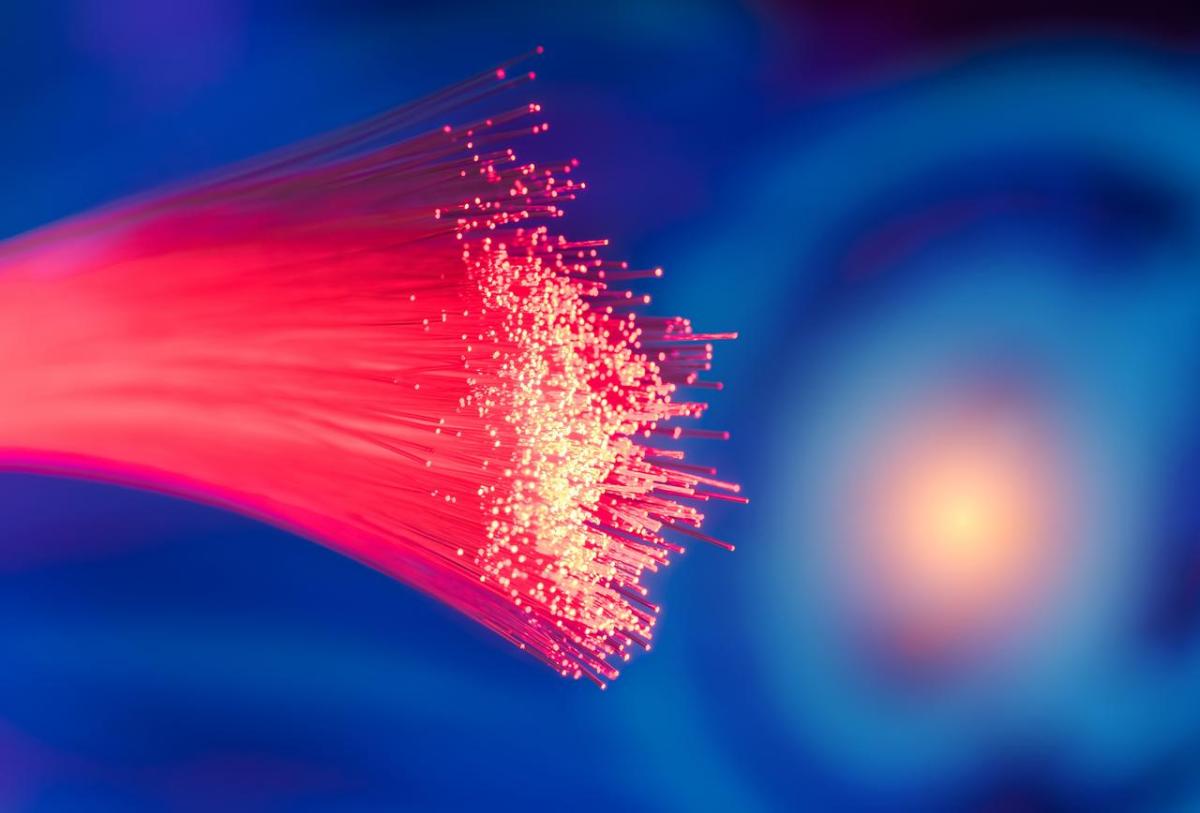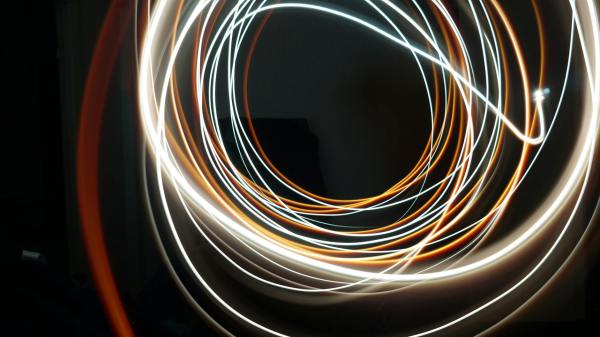What is fibre optics?
Fibre optics is an absolutely everyday part of our daily lives. A technology that has helped to completely change our habits, our leisure and even our work.
It is an indispensable technology for today’s telecommunications and the Internet as we know it.
It could be defined as the transmission of data by means of thin plastic or glass wires that send information through pulses of light.
How does fibre optics work?
This technology works by exploiting the refraction and reflection of light to transmit data over optical cables.
Because the light rays are not distorted, retain their power and can travel long distances, the transmission of information is stable and faster.
Fibre could therefore be defined as a conductor of light, which when trapped in a duct propagates at the highest possible speed.
Fibre optic cables, connectors and fibre optic types
Fibre optic cables are a type of network cable for transmitting data in the form of light, as mentioned above, and consist of a central core surrounded by protective layers to guide the light without significant signal loss.
Another relevant element for fibre optics are connectors, cables whose function is to join one end of the fibre to another and of which there are numerous types.
Depending on the propagation paths that the light beams can follow, there are two types of optical fibre: single-mode (only one mode of light propagates, more commonly used for long distances) and multimode (the light beams circulate through more than one mode or path, more commonly used for short distances).
Now that we know the broad outline of what fibre optics is and what it is used for, let’s learn about its origin and historical evolution.
Origin and evolution of fibre optics
Two names stand out in the origin and historical evolution of fibre optics: Narinder Singh Kapany and Charles Kuen Kao, fathers respectively of fibre optics as such and of fibre optic communications. Let’s see what their contributions were in this field.
Narinder Singh Kapany: father of fibre optics
The US-based Indian physicist Narinder Singh Kapany (1926-2020) is regarded as the father of fibre optics.
After graduating in his native country, in the early 1950s he settled in the United Kingdom to do his doctorate at Imperial College London alongside the physicist Harold Hopkins, a British researcher in the field of optics.
Following in the footsteps of scientists who had tried in previous centuries (such as the Frenchman Claude Chappe and the Irishman John Tyndall, the discoverer of why the sky looks blue), Kapany tried to come up with a system that would make it possible to use light to transmit information.
Working on his thesis, he succeeded in an incipient way. In 1954, he published his advances in fibre optics in the prestigious journal Nature, in which he described how he had been able to launch a beam of light through 75-centimetre-long glass cables with hardly any loss of signal in transmission.
Although these fibres had the problem that they could not cover distances of more than nine metres because the light dissipated, Kapany opened the way for many researchers to continue along this research path.
1955: move to the United States
After completing his doctorate, in 1955 he continued his professional career on the other side of the Atlantic, in the United States.
Twelve years later, the Indian physicist’s research led him to publish a title that is still a reference in the field today, ‘Fibre optics. Principles and Applications’.
The applications of fibre optics continued to advance to the point that in 1977 the first fibre optic telephone connection was established.
For his work, Fortune magazine recognised him in 1999 as one of the seven unsung heroes among the Businessmen of the 20th Century. Kapany passed away at the end of 2020 in California at the age of 94.
Charles Kuen Kao: father of fibre optic communications
In 1999, the Chinese engineer and researcher Charles Kuen Kao (1933-2018) was awarded the Nobel Prize in Physics, together with Willard S. Boyle and George E. Smith, for “having played an important role in shaping information technology”.
The Swedish Academy explained that Charles K. Kao received the award because he “initiated the search for and development of the low-loss optical fibre used today in fibre-optic communication systems”.
Kao is considered the father of fibre optic communications.
In fact, as early as 1956, in his doctoral thesis, he predicted that the attenuation of an optical fibre should not exceed 20 decibels per kilometre if it was to be used for data transmission.
In 1966, Kao and another young engineer, George Hockham, looked at how to optimise the transmission of information using glass cables.
Kapany vs Kao
There was some controversy in scientific circles over the awarding of the Nobel Prize to Kao and not to Kapany, with the argument that although the former was the one who adapted the use of glass to the field of telecommunications (where it has clearly made a difference), without the contributions of the latter it would not have been possible.
However, beyond these considerations, we must vindicate the role of the two Asian scientists in the construction of a totally different world that would not be the same without their advances.










